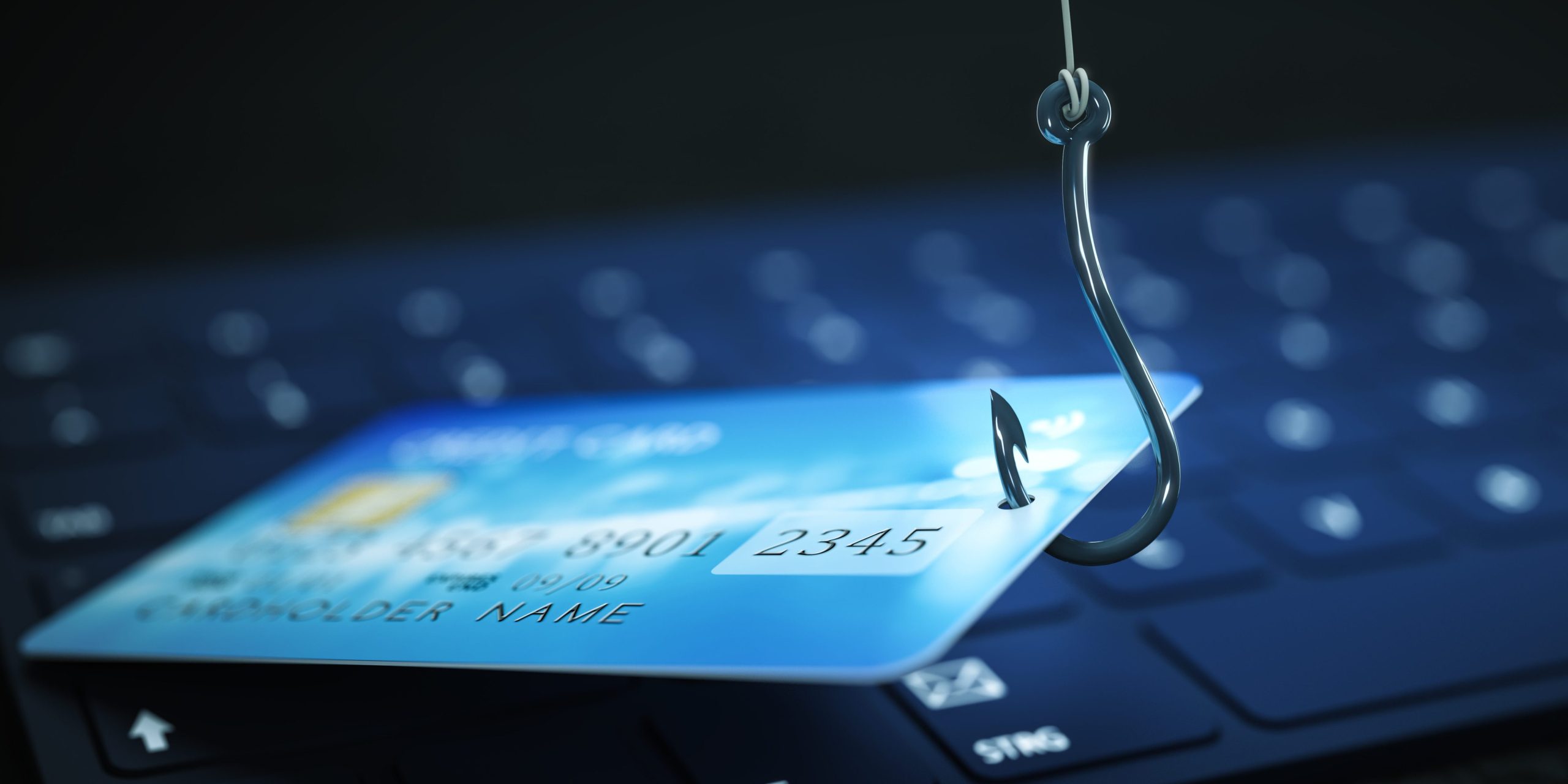Email spoofing is a common cybercrime tactic that poses a significant threat to both individuals and businesses. In email spoofing, criminals impersonate trusted brands or entities to deceive recipients into taking actions that could compromise their personal information or financial assets. By disguising their malicious intentions behind a facade of legitimacy, scammers aim to exploit the trust which reputable brands have built up. We have even had scammers pretend to be Good Life Plus on our social media channels as well as via email in order to scam our members and so we thought we would put out this article in order to help protect our members.
Understanding Email Spoofing
Email spoofing refers to the act of forging email headers or content to appear as if they come from a legitimate source. This can include impersonating well-known brands, financial institutions, government agencies, or even personal contacts. By doing so, scammers aim to trick recipients into opening the email, clicking on links, downloading attachments, make payments, or revealing sensitive information such as passwords, credit card numbers, or personal identification.

Impersonating Brands: How Scammers Do It
Criminals have become increasingly adept at impersonating well-established brands to make their emails appear convincing. Here are some common methods they employ:
Mimicking official email addresses: Scammers create email addresses that closely resemble those used by legitimate organisations. For example, they might use “bankofamerrica.com” instead of the correct “bankofamerica.com.”
Cloning website design: Criminals may go to great lengths to create fake websites that mimic the design and layout of a legitimate company’s site, further convincing victims that they are dealing with a trusted entity.
Utilising official logos and branding: To lend an air of authenticity, scammers incorporate official logos, colours, and branding elements in their emails and websites. This can make it difficult for recipients to distinguish between real and fake communications.
Crafting persuasive narratives: Scammers often use persuasive language to create a sense of urgency. They might claim that your account is at risk, that a critical update is required, or that you’ve won a contest to make you act hastily.
How to Avoid Email Spoofing Scams
Protecting yourself from email spoofing requires vigilance and a few best practices:
Verify the sender’s email address: Always check the sender’s email address carefully. Be wary of slight misspellings or unusual domain names, as these are common red flags. A good tactic is to hover over the sender’s email address to see the true address (vid below).
Don’t click on suspicious links: Hover your mouse over links in emails to see where they lead before clicking. If you’re unsure about a link’s legitimacy, navigate to the website directly by typing the URL into your browser.
Never share sensitive information: Reputable organisations will never ask for sensitive information like passwords or credit card details via email. Be cautious of any such requests.
Enable email authentication protocols: Many email service providers offer authentication protocols like SPF, DKIM, and DMARC to verify the legitimacy of incoming emails. Enabling these settings can help reduce the risk of receiving spoofed emails.
Update your email client and antivirus software: Ensure your email client and antivirus software are up to date to benefit from the latest security features and patches.
Be cautious of unsolicited attachments: Avoid opening attachments in emails from unknown or unverified sources, as they could contain malware.
Educate yourself and others: Inform family, friends, and colleagues about the risks of email spoofing and share tips on how to spot potential scams. Awareness is a potent defence.

Email spoofing is a prevalent threat in today’s digital landscape, and scammers continue to evolve their tactics to deceive recipients. By impersonating well-known brands and organisations, they prey on our trust to carry out their malicious objectives. Staying safe online requires vigilance, skepticism, and adherence to best practices for email security. By verifying sender details, avoiding suspicious links, and being cautious with sensitive information, you can reduce your risk of falling victim to email spoofing scams.
Some things to remember, at Good Life:
- We will never reach out via social media. If you have won or we have been trying to contact you it will always be via phone or email.
- Paypal: We do not use paypal and will not ask you to make any payments via paypal.
- Livestream. If you have been told that you have won, we have all of our livestreams located on our website here so you can verify it. If in doubt, you can also email [email protected]
We hope this article has been of help to everyone, let’s stay safe and keep winning!
